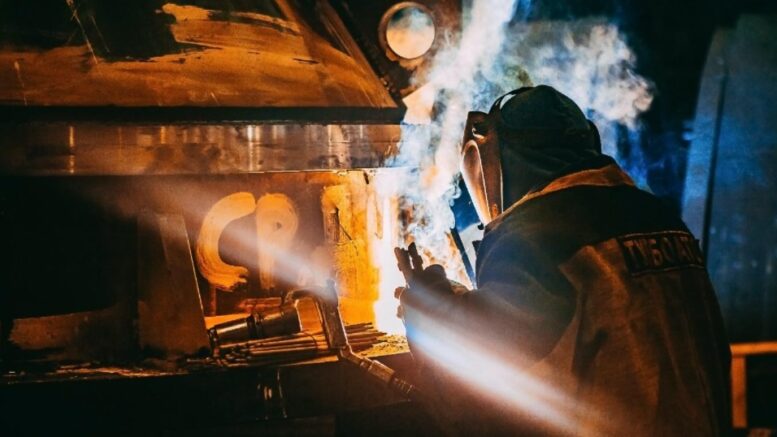Workplace health and safety is of key importance to every business, on an individual basis. According to recent statistics from the Health and Safety Executive, there were 142 work-related casualties in the 2020-21 period alone – with the Labour Force Survey finding that 441,000 workers had sustained an injury of some kind. One of the more visible ways in which employers attempt to protect employees from injury is through providing PPE – but what is it, and how is it effective?
What is PPE?
Personal protective equipment, or PPE, describes a range of wearable work equipment that provides safety from certain hazards, or protection during the completion of dangerous workplace tasks. PPE forms a ‘last resort’ barrier against accident and injury at work, constituting the bottom of something called the ‘hierarchy of controls.’
The hierarchy of controls is a system to help businesses and health and safety professionals in structuring and prioritising workplace interventions. The top of the hierarchy is ‘elimination’, referring to the complete removal of the workplace hazard altogether; this is the only sure-fire way to remove risk of injury. Substitution of the hazard for a less dangerous alternative, and controls follow on. PPE is the last in the list as employees continue to work in close proximity to risk. They are, nonetheless, a crucial element to workplace health and safety.
What Kinds of PPE Are There?
PPE comes in a variety of a forms, with different items designed to protect from different specific risks. Respirator masks are a form of PPE that protect from the inhalation of dangerous materials, whether dust produced by sanding wood or fumes produced by toxic chemicals. Meanwhile, steel toe-capped boots protect the toes from injury caused by falling or dropped objects.
There are also specialised forms of PPE that provide protection from industry-specific hazards. Rubber-soled safety shoes are worn by electricians to prevent live wires from arcing electricity through their body to ground. Moulded ear plugs are worn by sound engineers and backstage techs in the live music industry.
What are an Employer’s Responsibilities Regarding PPE?
Employers have a legal responsibility to ensure the safety of their employees in the workplace. This includes the provision of PPE that protects employees against workplace hazards, as well as adequate training in their correct use. It is illegal for a business to require staff to buy their own PPE, or to otherwise charge for access.
But PPE is, of course, one part of a larger equation when it comes to employee safety – and understanding what forms of PPE are appropriate for the workplace comes down to the effective completion of workplace risk assessments. Risk assessments enable the employee to identify and flag various dangers inherent to their workplace, suggest solutions and appoint individuals to oversee those solutions.
Risk assessment is one of the first building blocks to a robust health and safety approach. It enables immediate and appropriate to risk, and the implementation of effective policy – including the ordering of appropriate protective equipment.
Conclusion
If you want to know more about the introduction or use of PPE, we recommend reading this article: “What Is Personal Protective Equipment (PPE)?”. This article introduces the functions and characteristics of various PPE products in detail and may be helpful if you’re looking for additional information.
